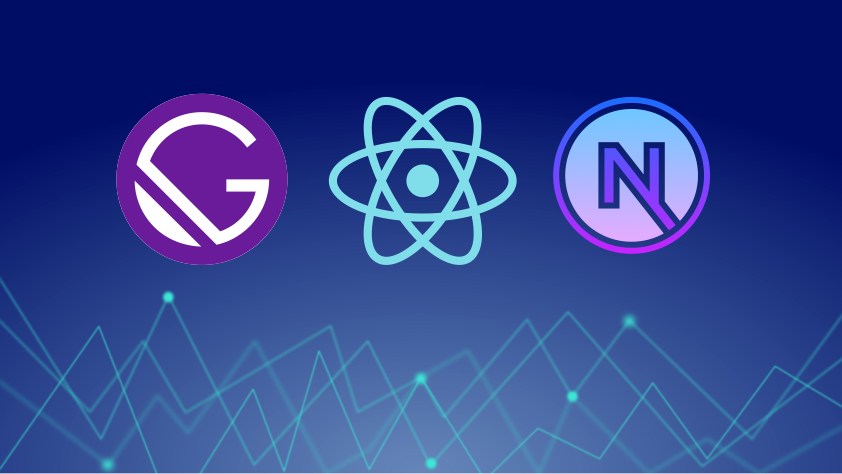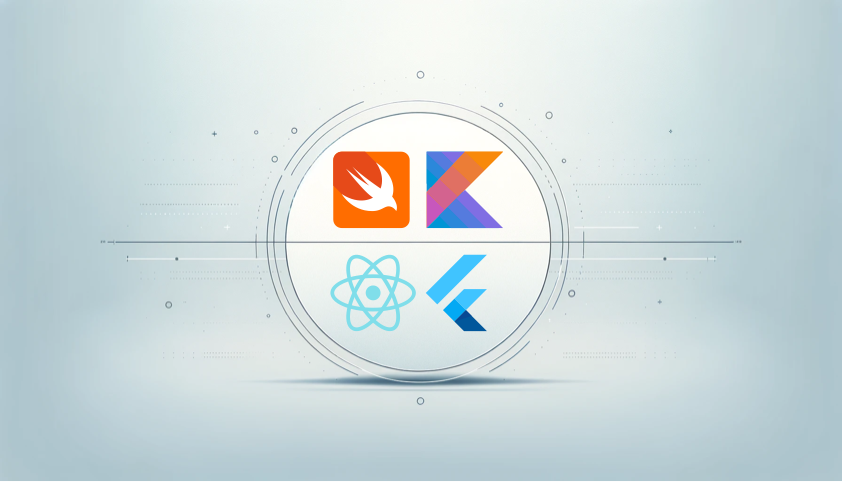· tutorials · 2 min read
Building a Simple Blockchain in Python
Learn how to implement a basic blockchain from scratch using Python, exploring the key concepts behind this revolutionary technology.

Blockchain technology has revolutionized various industries with its decentralized and secure approach to data management. In this tutorial, we’ll dive into building a simple blockchain from scratch using Python, exploring the fundamental concepts that underpin this innovative technology.
Prerequisites
Ensure you have Python installed on your machine.
Implementing a Basic Blockchain
Step 1: Define the Block Class
Create a Python script (e.g., `blockchain.py`) and define the `Block` class representing each block in the blockchain:
import datetime
import hashlib
class Block:
def __init__(self, index, timestamp, data, previous_hash):
self.index = index
self.timestamp = timestamp
self.data = data
self.previous_hash = previous_hash
self.hash = self.calculate_hash()
def calculate_hash(self):
return hashlib.sha256(
str(self.index).encode() +
str(self.timestamp).encode() +
str(self.data).encode() +
str(self.previous_hash).encode()
).hexdigest()
Step 2: Create the Blockchain Class
Define the `Blockchain` class to manage the blocks and chain operations:
class Blockchain:
def __init__(self):
self.chain = [self.create_genesis_block()]
def create_genesis_block(self):
return Block(0, datetime.datetime.now(), "Genesis Block", "0")
def get_latest_block(self):
return self.chain[-1]
def add_block(self, new_block):
new_block.previous_hash = self.get_latest_block().hash
new_block.hash = new_block.calculate_hash()
self.chain.append(new_block)
def is_chain_valid(self):
for i in range(1, len(self.chain)):
current_block = self.chain[i]
previous_block = self.chain[i - 1]
if current_block.hash != current_block.calculate_hash():
return False
if current_block.previous_hash != previous_block.hash:
return False
return True
Step 3: Testing the Blockchain
Instantiate and test the basic blockchain functionality:
# Create a blockchain
my_blockchain = Blockchain()
# Add new blocks
my_blockchain.add_block(Block(1, datetime.datetime.now(), "Transaction Data", ""))
my_blockchain.add_block(Block(2, datetime.datetime.now(), "Another Transaction", ""))
# Check if the blockchain is valid
print("Is blockchain valid?", my_blockchain.is_chain_valid())
# Manipulate the chain (tampering with data)
my_blockchain.chain[1].data = "Manipulated Data"
# Recheck validity after manipulation
print("Is blockchain valid after manipulation?", my_blockchain.is_chain_valid())
Conclusion
Congratulations! You’ve implemented a simple blockchain in Python, demonstrating the core concepts of blocks, hashing, and chain validation. This basic example lays the foundation for understanding more complex blockchain implementations and applications in various domains.


